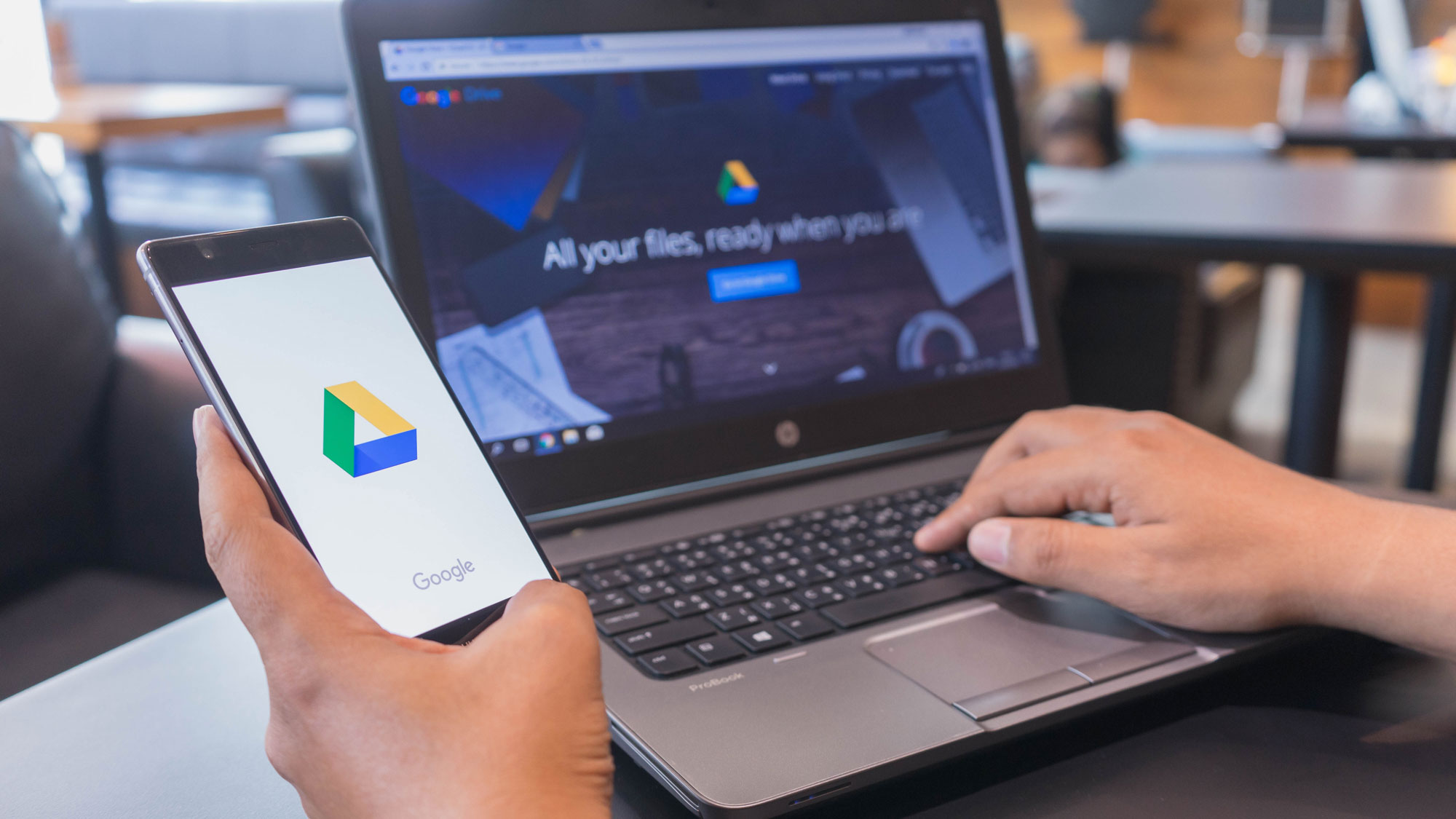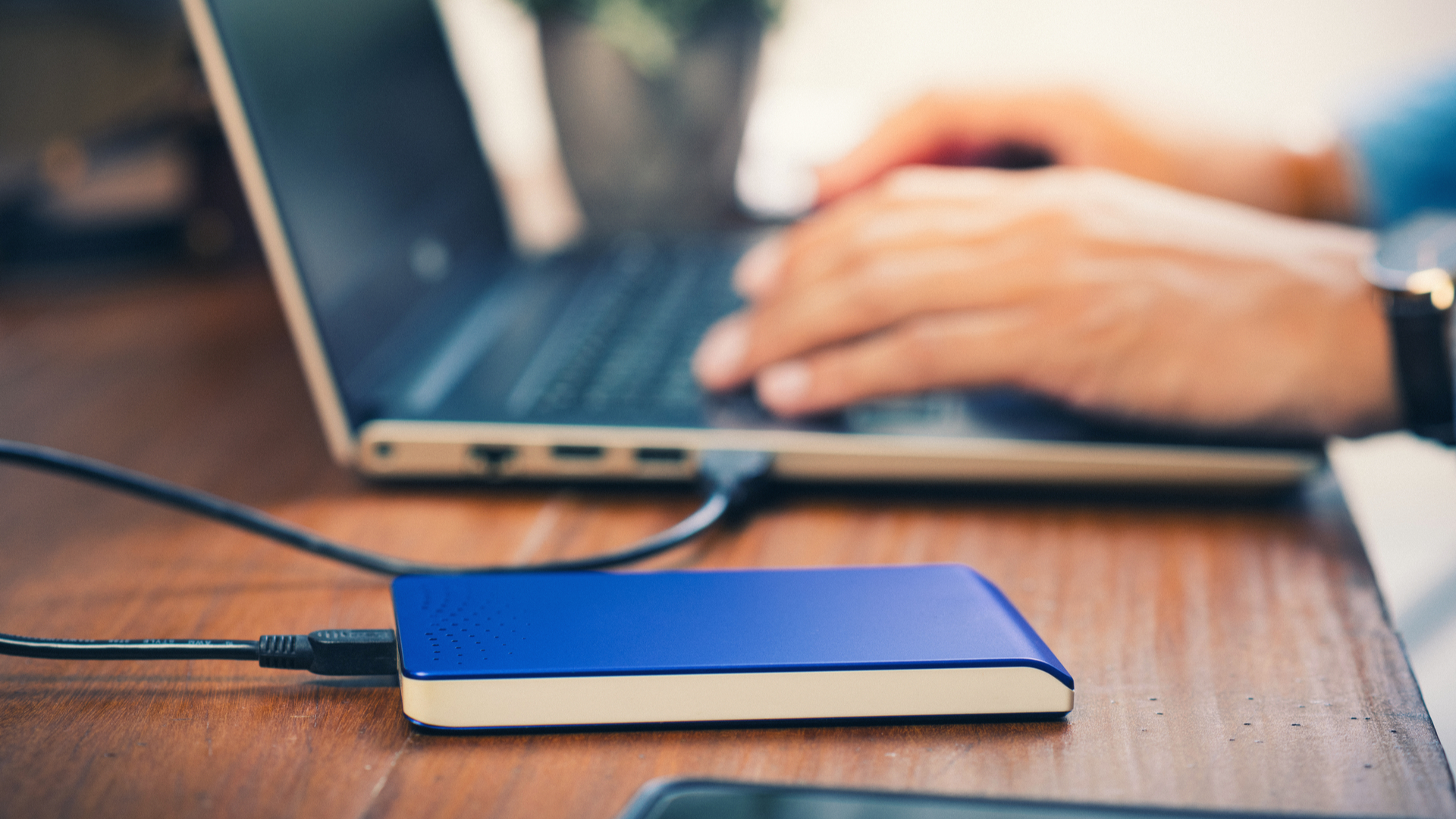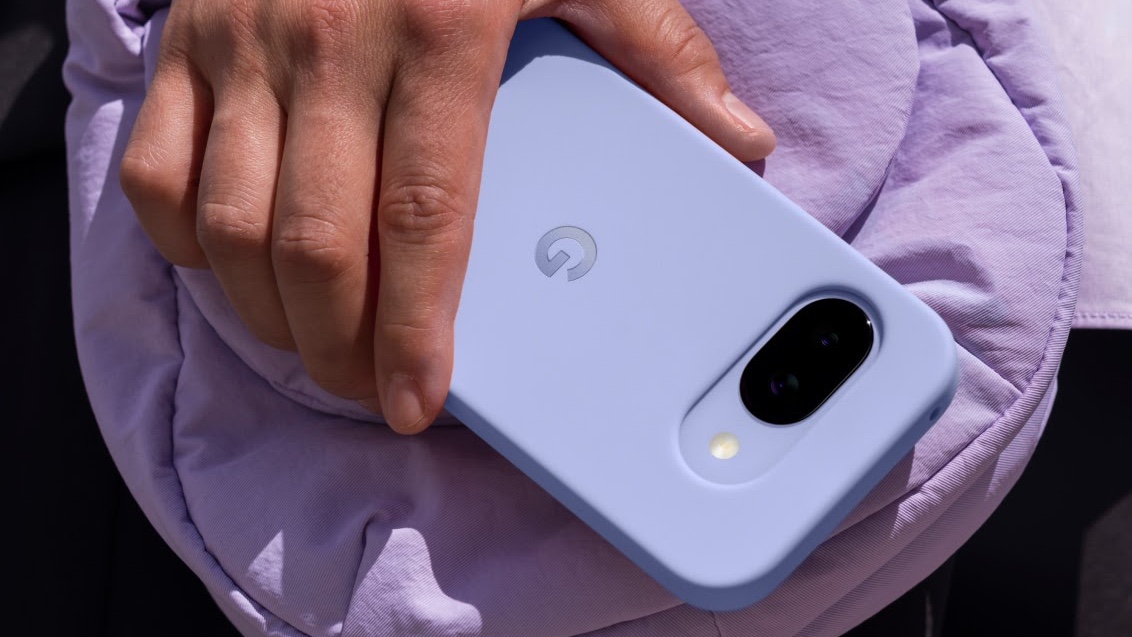Google Drive users left in shock after months of files go missing — what you need to know
When in doubt, keep a backup of your backups as issues like this can happen

Google Drive is certainly one of the best cloud storage services around but now, some users of the desktop version are experiencing an issue that led to files from their computers going missing.
While Google Drive allows you to upload files from a web browser or via an app on your phone, there’s also a desktop version that works in the same way as the best cloud backup services.
According to a trending issue post on Google’s support forums, beginning last week, a user noticed that Google Drive for Desktop on their computer had reverted back to the way it was in May of this year. Others chimed in reporting that they too had lost months of data.
After further investigation, there was no sign that either the users or Google had deleted the lost data. Instead as BleepingComputer points out, an issue with the service’s system prevented local data from being synced with Google Cloud.
Google is reportedly working on a fix
Now that this story is making the rounds online, Google is certainly aware of the issue but it’s still unclear as to whether or not a fix is currently in the works.
In that same trending issue post, another user relayed back what they reportedly heard from the Google Support team. Apparently, if the lost files aren’t recovered within 24-48 hours, they are permanently deleted from Google Drive.
The representative from the Google Support Team then went on to say that the issue is being investigated by the company’s product engineers who are “waiting for a root cause analysis” in order to see how they can fix the issue. As such, no timetable has been set for when or if a fix may be available to affected Google Drive users.
Sign up to get the BEST of Tom's Guide direct to your inbox.
Get instant access to breaking news, the hottest reviews, great deals and helpful tips.
In the meantime though, it’s recommended that affected users avoid making changes to the root/data folder for Google Drive for desktop until the situation is resolved. The file that shouldn’t be changed can be found here:
- Windows: %USERPROFILE%\AppData\Local\Google\DriveFS
- macOS: ~/Library/Application Support/Google/DriveFS
It’s also worth noting that Google’s support forums are manned by volunteers that don’t have the same knowledge as employees on the Google Drive team. Tom’s Guide has reached out to Google regarding this issue and we’ll update this piece if we learn more.
Why you should follow the 3-2-1 backup rule

Though cloud storage and cloud backup services have become increasingly useful tools, you always want to have a backup of your backup, just in case.
This is why many people swear by the 3-2-1 backup strategy. Invented by photographer Peter Krogh and detailed in his book Digital Asset Management for Photographers, the 3-2-1 backup strategy recommends that users maintain at least three copies of your data including the original along with two copies.
Besides extra copies though, Krogh suggests using two different types of media to store them on. For instance, you could keep your smaller files on one of the best USB drives and your larger files on one of the best external hard drives for safekeeping.
At the same time, you should also keep one copy of your files in an off-site location. This could be at a friend or family member’s house but if the files are sensitive, you could keep them in a safe deposit box instead.
Whether a cloud storage service encounters an issue like in this case or your home or office is hit with a natural disaster or even a fire, if you follow the 3-2-1 backup rule, you can rest easy knowing you’ll always have an extra copy of your most important files.
More From Tom's Guide

Anthony Spadafora is the managing editor for security and home office furniture at Tom’s Guide where he covers everything from data breaches to password managers and the best way to cover your whole home or business with Wi-Fi. He also reviews standing desks, office chairs and other home office accessories with a penchant for building desk setups. Before joining the team, Anthony wrote for ITProPortal while living in Korea and later for TechRadar Pro after moving back to the US. Based in Houston, Texas, when he’s not writing Anthony can be found tinkering with PCs and game consoles, managing cables and upgrading his smart home.
